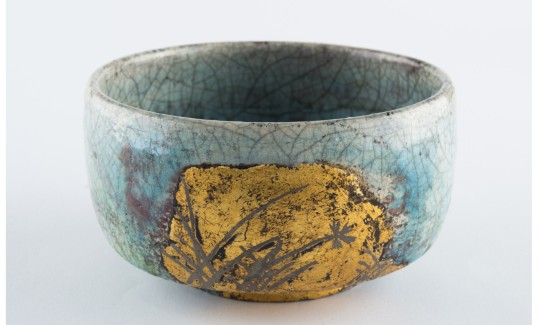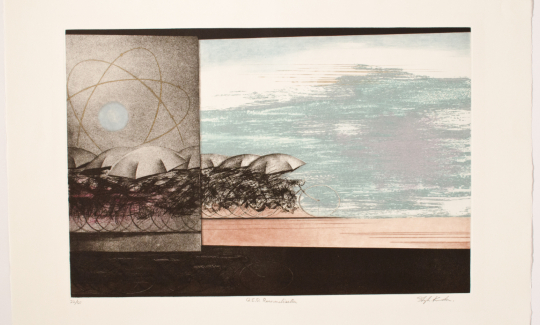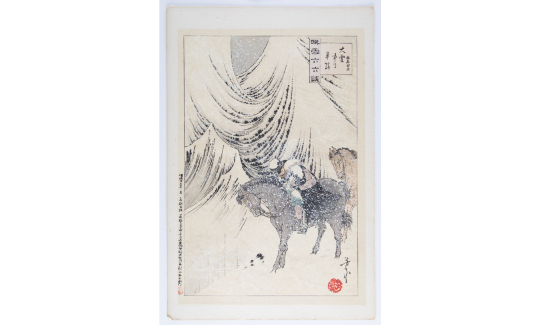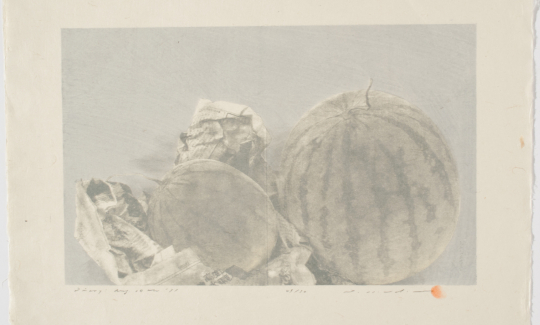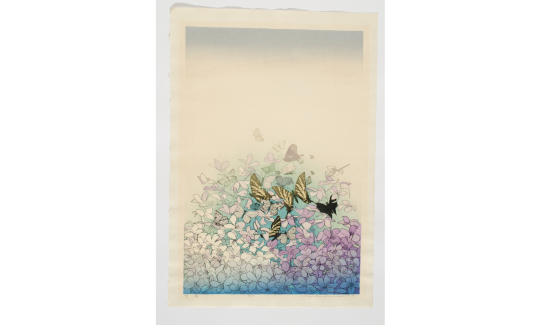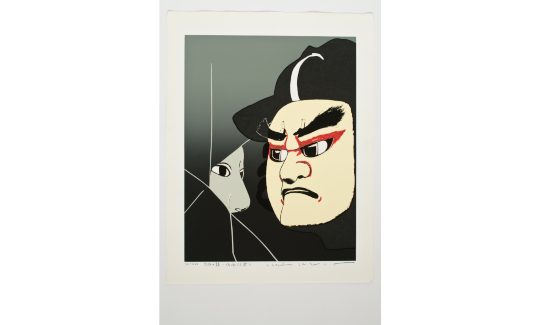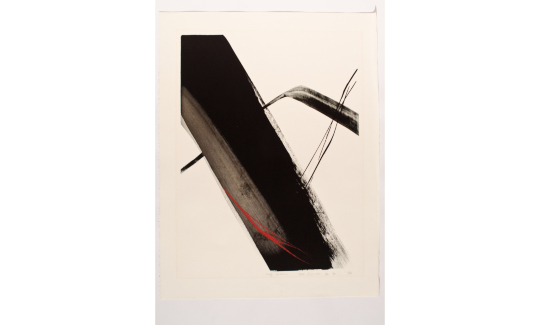This is the fifth exhibition of its kind at the Tikotin Museum since re-opening to the public in 1995. Once again, we are proud to present a broad spectrum of artworks donated to or acquired by the Museum during the years that have elapsed since “New Acquisitions VI” in 2014. Traditional and modern prints, clothing accessories and other items are included in this exhibition.
The Museum’s collection has been augmented in various ways over the years. We acquire modern and traditional Japanese works of art, mainly in genres that enrich and sustain the collection, and artworks from new fields as well. Artists exhibiting either solo or in group exhibitions donate their own works to the Museum. Furthermore, some Japanese artists who have yet to be exhibited at the Museum also donate works. The collection has also grown thanks to collectors’ gifts and donations.
The collection has also grown thanks to collectors’ gifts and donations. For instance, in the current exhibition we present modern Japanese prints, of the late Michael Rukin Collection comprising 250 modern prints, donated to the Museum. Modern Japanese art is essentially cosmopolitan, due to the speed of transmitting information, the artists’ travels and their participation in international exhibitions. All artists attempt in their works to reflect their exposure to things of the spirit, to current international art trends, and their personal approach to the environment, interpreting events in their own artistic idiom. Naturally, the works in the exhibition convey their impressions in a broad range of subjects and styles.
Contemporary Japanese print-making is certainly the liveliest art in our current experience. Although giving the impression of being absolutely universal, its refinement and aesthetics are clear expressions of past artistic traditions. In contemporary art, the use of varying print techniques, which are an international mode of expression, and the different designs, embody the artists' desire to convey universal themes in their own, personal style. Common to all the artists are the mastery of their techniques and the skilled precision in their creations. Completeness and perfection predominate, without doubt, in the artistic heritage of Japanese artists throughout the ages.
In 2009 the Museum exhibited an installation of handmade paper by Masa Kumagai. Kumagai was born in Iwate Province in 1951. She has exhibited in Japan, France, Korea, Germany and elsewhere. Her works have a virtuosity acquired over years of preparing strips of paper from fine and fragile fibres and of coping with new technical challenges. Following the exhibition, Kumagai donated two paper works that she created in 2005 to the Museum.
An exhibition of calligraphy and kokuji held in 2013 marked sixty years of diplomatic ties between Israel and Japan. Sixty artists were represented, most of whom subsequently donated their works to the Museum. Calligraphy and kokuji (Chinese characters carved on wooden boards) are crafts that originated in China and were brought to Korea and Japan. Creating kokuji demands prior knowledge of calligraphy, painting and wood-carving.
In 2013, the museum also received a collection of netsuke figurines donated by the family of the late Varda and Shlomo Toister in their memory. Many of the netsuke in the collection are from the Taisho (1912-1926) and the Showa (1926-1989) periods. Some were carved by Japanese artists and others by Chinese artists to satisfy the demand for netsuke in Western markets.
In 2017, the Museum presented the exhibition "The Way of Tea". Following the exhibition, Japanese artist Miho Kataoka Ehrlich donated two of her handmade chawans (ceramic bowls for tea ceremony). The exterior surface ot the pottery is simple and rustic in appearance. The tea bowls, each of which has its own unique form, are sculptured, asymmetrical, and glazed with a rough finish.
The American-born Japanese artist Makoto Fujimura, following his solo-exhibition at the museum in 2018, donated an ink painting that he created in 2016. The fusion between cultures, between traditional Japanese art and the fresh contemporary abstract-expressionism is at the heart of Fujimura’s artistic approach.
The Museum received a generous donation of traditional woodblock prints and Japanese porcelain from the collection of Ofer Shagan (Tokyo) and Maya and Guy Talmor (Israel), in memory of Oranit (Shagan) Talmor. Japanese clothing accessories from the collection of Sandy and Kenneth Bleifer of California were donated to the museum in 2017-2018.
In recent years the Museum has experienced impressive growth in the size of its collection, so much so that we are unable to present all our new acquisitions in a single exhibition. We take this opportunity to offer our gratitude and appreciation to all the contributors and artists who support the Tikotin Museum of Japanese Art and enrich its collections.

